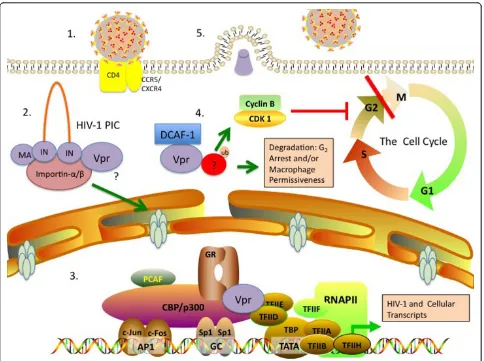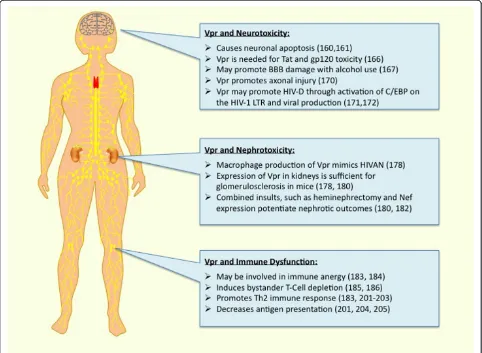HIV 1 Accessory Protein Vpr: Relevance in the pathogenesis of HIV and potential for therapeutic intervention
Full text
Figure



Related documents
channels of hydrogen-bonded water molecules (Fig. Each water molecule serves twice as hydrogen-bond donor and twice as acceptor, making four hydrogen bonds in total.
Increase in female physicians and the effect on the number of physicians. Estimates are presented of the number of physicians per target population by selected specialty using
Study of Chronic Anti - inflammatory effect by Cotton Pellet method using the Drugs of Vahaipoo chooranam Serial No Name of Drugs / Groups.. Dose
Although the proliferative response induced by PR8 virus (Fig. 7c) was stronger than that induced by the T-B dipeptide, these data indicate that only the T-B dipeptide, not the
To determine if HCV-specific CTL can be detected in the peripheral blood of persons with chronic HCV infection, we initially examined a subject (P1) who had previously been shown
Knowing that the binding of viral gB-1, gB-2, gC-1, and gC-2 to HS molecules was prevented by different concentrations of sodium chloride, we sought to determine whether the binding
Furthermore we rescued mosaic IBDV (mIBDV) after transfection of plasmids which contained largely cDNA originating from an attenuated classical isolate (CEF94) and partly
However, some of the 81T variants, including the 81T-109 virus previously shown to be T tropic, encode an aspartic acid at this position, suggesting that amino acid changes other